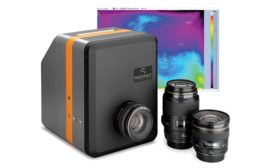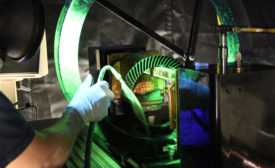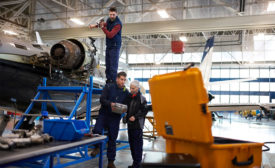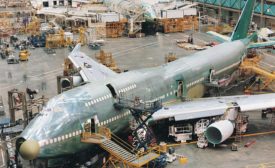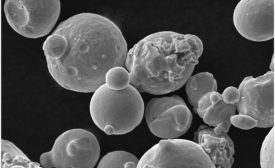Aerospace
Luminator Aerospace ramps up backlit sign testing using colorimeters.
Read More
Still the One: The Enduring Attraction of Magnetic Particle Inspection
MPI can be applied to many industries and uses, ranging from roller coasters and nuclear power plants to aviation and aerospace.
July 8, 2018
DICONDE in Digital NDT Taking Hold
With the continued demand for more speed, security, and cost reductions, we expect DICONDE in Digital NDT to continue making significant progress
July 8, 2018
NDT on the Flight Line
A midair engine failure in April puts nondestructive inspections to the test
July 8, 2018
3D Printing, Big Data, 100 Percent Validation, and Other Aerospace Manufacturing Trends
Aerospace is leading the way in the IIoT, with a heightened focus on additive manufacturing, the digital thread, and lightning-fast 3D measurement and inspection technologies.
July 8, 2018
Producing Quality Metal Parts with Additive Manufacturing
Learn more about the entire 3D printing process from powder characterization to determining the best tests to qualify parts for the aerospace industry.
July 1, 2018
AS9100 Certification: Why and What Next
The standard says that people should understand the importance of what they do.
July 1, 2018
Improvements in Aluminum Aircraft Components Using X-ray Diffraction Residual Stress Measurements
Residual stresses can be controlled in the manufacturing process to produce a superior product that will last even in harsh environments.
July 1, 2018
Stay in the know with Quality’s comprehensive coverage of
the manufacturing and metrology industries.
eNewsletter | Website | eMagazine
JOIN TODAY!Copyright ©2024. All Rights Reserved BNP Media.
Design, CMS, Hosting & Web Development :: ePublishing
